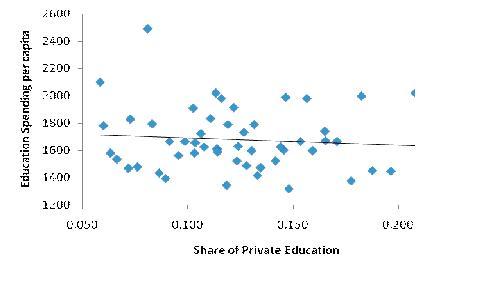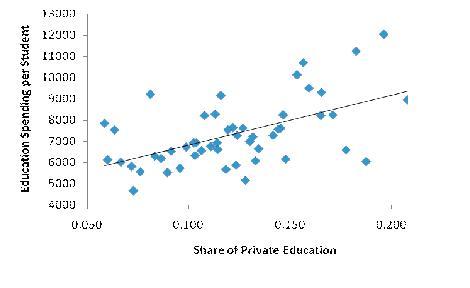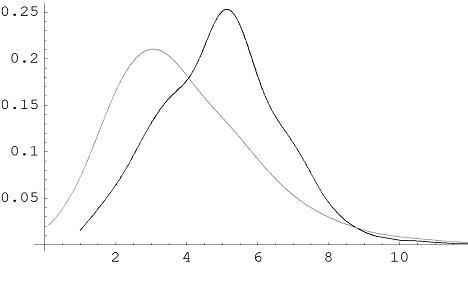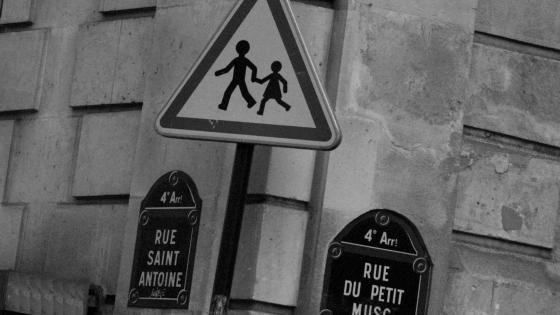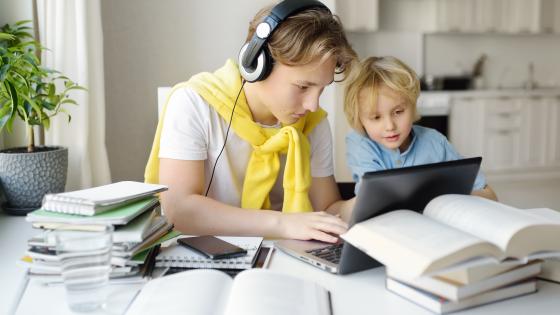Education is one of the main areas of government intervention worldwide. Governments of nearly all countries act as major providers of primary and secondary education to their citizens, but education systems often display a juxtaposition of publicly and privately funded institutions. The degree of private involvement in the provision of education varies a great deal across countries, from only 1.5% of total spending in Norway, to 48.5% in Chile (see OECD 2006).
Table 1. Share of Private Resources in Total Education Funding, Selected Countries, 2003
| Norway |
1.5% |
| Portugal |
1.7% |
| Turkey |
2.7% |
| France |
7.8% |
| U.K. |
16.4% |
| Germany |
17.0% |
| Australia |
25.9% |
| U.S.A. |
28.0% |
| Chile |
48.5% |
What explains the differences?
Internationally comparable data on the knowledge and skills of 15-year-old students from the OECD’s Programme for International Student Assessment (PISA) has sparked an intense debate on the merits of different education systems. A central question in this debate is why education systems differ so much across countries in the first place. Are there particular characteristics that explain the choice of an integrated education system instead of a regime with segregation between public and private schools? Equally important is the question of what the mix of public and private provision of schooling implies for the quality of education. Does the quality of education improve if private schools are allowed to compete with the public sector, or will a system in which the government is the sole provider of education yield the best results?
These questions have no obvious answers: both public and private schools can yield good or bad results, depending on variables such as school funding and the quality of teachers. Therefore, when assessing different schooling systems, we also need to consider how the mix between private and public funding will affect the quality of education that each school provides. These choices, in turn, may look very different depending on the political makeup of a country. The political priorities of a broad-based democracy are different from those of a plutocratic state that is dominated by a small elite.
To make progress on the issue, we develop a political-economy theory of the determination of education funding and quality (de la Croix and Doepke 2007). In the theory, the choice of free public versus tuition-based private schooling is up to parents. Parents choose private schools if the quality of private education is sufficiently high to make up for the higher cost. The quality of public schooling, in turn, is determined through a political-economy mechanism: the adult population can vote on the preferred quality of public education. The model allows for various degrees of political participation ranging from full democracy where all adults have a vote to plutocracy where only the richest members of society count. What, then, does this theory imply for the interaction of private and public schooling and the quality of education?
Democracy
Consider first the case of a true democracy where the rich and poor carry equal weight in the political process. Parents send their children to a private school only if they would like to endow their children with an education of a much higher quality than what is provided by the public system. This implies that income inequality is the main determinant of the extent of segregation in the schooling system. In a society with little inequality, the preferred education level varies little in the population, so that most or all parents use public schooling. For increasing levels of inequality, an increasing share of richer people chooses private education for their children.
The prediction of a positive relationship between inequality and private schooling is confirmed by cross-country data from the PISA study. A number of countries (including Hungary, the Czech Republic, the Scandinavian countries, Germany, and the Netherlands), come close to having an exclusively public education system at the primary and secondary levels. These countries are also characterised by low income inequality, with an average Gini coefficient of 24.7. In contrast, the five countries with the highest use of private schools by the rich (Austria, Australia, Brazil, Mexico, and Spain) exhibit much higher inequality with an average Gini of 44.6. Similar results hold for the United States, where we document that states with higher inequality have a larger share of private schooling and less overall spending on public schooling.
From a policy perspective, perhaps the most important question is how the extent of private schooling affects the quality of schooling. In our political-economy model, when more and more rich parents send their children to private school, these parents no longer stand to gain from high-quality public education. These parents therefore vote for lower taxes and less spending on public schools. However, this does not necessarily imply that the quality of public schools will decline as the share of private education goes up. When rich parents opt out of the public system, the remaining funding of the public system can be concentrated on fewer students. Thus, even when there is a decline in total funding, spending per student (which is one measure of the quality of education) may well go up. We show in our analysis that as long as the poor carry equal weight in the political system, the relationship between the share of private schooling and the quality of public schooling is indeed positive.
The theoretical predictions are consistent with state-level data from the United States. Figure 1 shows a cross plot of the share of private schooling and education spending per capita across US states (both the private share and the spending data correspond to primary and secondary education). The relationship is essentially flat, with a slight negative slope in the regression line. However, even though states with a high share of private education don’t exhibit higher education spending per capita (i.e., relative to the state’s population), they can still spend more on a per-student basis, precisely because relatively fewer students use the public schools. Figure 2 shows that the relationship between private schooling and education spending per student in public schools across US states is indeed clearly positive.
Figure 1: Education Spending per capita versus Share of Private Education across US States
Figure 2: Education Spending per Student versus Share of Private Education across US States
Of course, these results do not imply that each and every public school will benefit as educational segregation increases. In the United States, one well-known issue is that a substantial fraction of education spending is determined at the local level, which often leads to low-quality public schooling in poor inner-city districts. We also abstract from other dimensions of school quality, such as peer effects. Nevertheless, our analysis shows that at least at the state level, an increase in private education is good news for public schools in terms of their funding.
When the Rich are in Charge
The findings up to this point apply to countries with equal political representation for all. What happens in countries that are further away from the democratic ideal? Consider a non-democratic country in which only the political views of an entrenched, rich elite matter. If inequality is not too severe, one possibility is that most families, including the elite, use public schools. In this case, the political elite has a direct interest in the quality of public schools, and the outcome in terms of education spending and the quality of schooling is similar to that of an otherwise identical democracy. However, a second possibility is that most or all of the political elite use private schools. Public education spending and the quality of public schools then tend to be low, because the political elite no longer has a vested interest in public schooling. Thus, unlike in democracies, a high share of private schooling will generally lead to a low quality of public schools.
These results imply that in societies that are politically dominated by the rich, there is more scope for variation in the spending on public education. At best, such a country will spend as much as a democracy, but at worst public education may be seriously under-funded. Figure 3 displays a density estimation of the distribution of public spending on education as a fraction of GDP for democracies and non-democracies. Here democracies are defined as countries with an index of one in the Freedom in the World Country Ratings, whereas non-democracies have values of two and higher. As predicted by the theory, the density for non-democracies displays a lower mean and a higher variance.
Figure 3: Distribution of Education Spending as a Share of GDP in Democracies (black line) and Non-Democracies (grey line)
Final Thoughts
The main lesson from our analysis is that the ramifications of different education systems crucially depend on the political environment. Ultimately, school funding decisions are made by politicians. An education system with a large share of private schooling can work well in a democracy where politicians are responsive to the needs of families using public schools, but can lead to disastrous results in a plutocracy. Thus, education policies should be analysed jointly with the political system that determines education funding, and policy advice on education systems needs to be conditional on the political setup and the level of democracy of a country.
References
David de la Croix and Matthias Doepke. 2007. “To Segregate or to Integrate: Education Politics and Democracy.” CEPR Discussion Papers No.5799
OECD. 2006. Education at a Glance: OECD Indicators. OECD, Paris.
